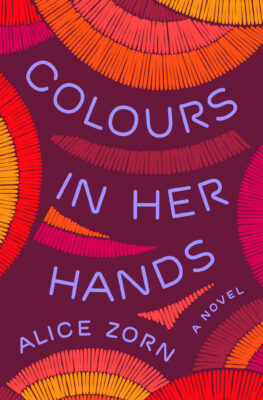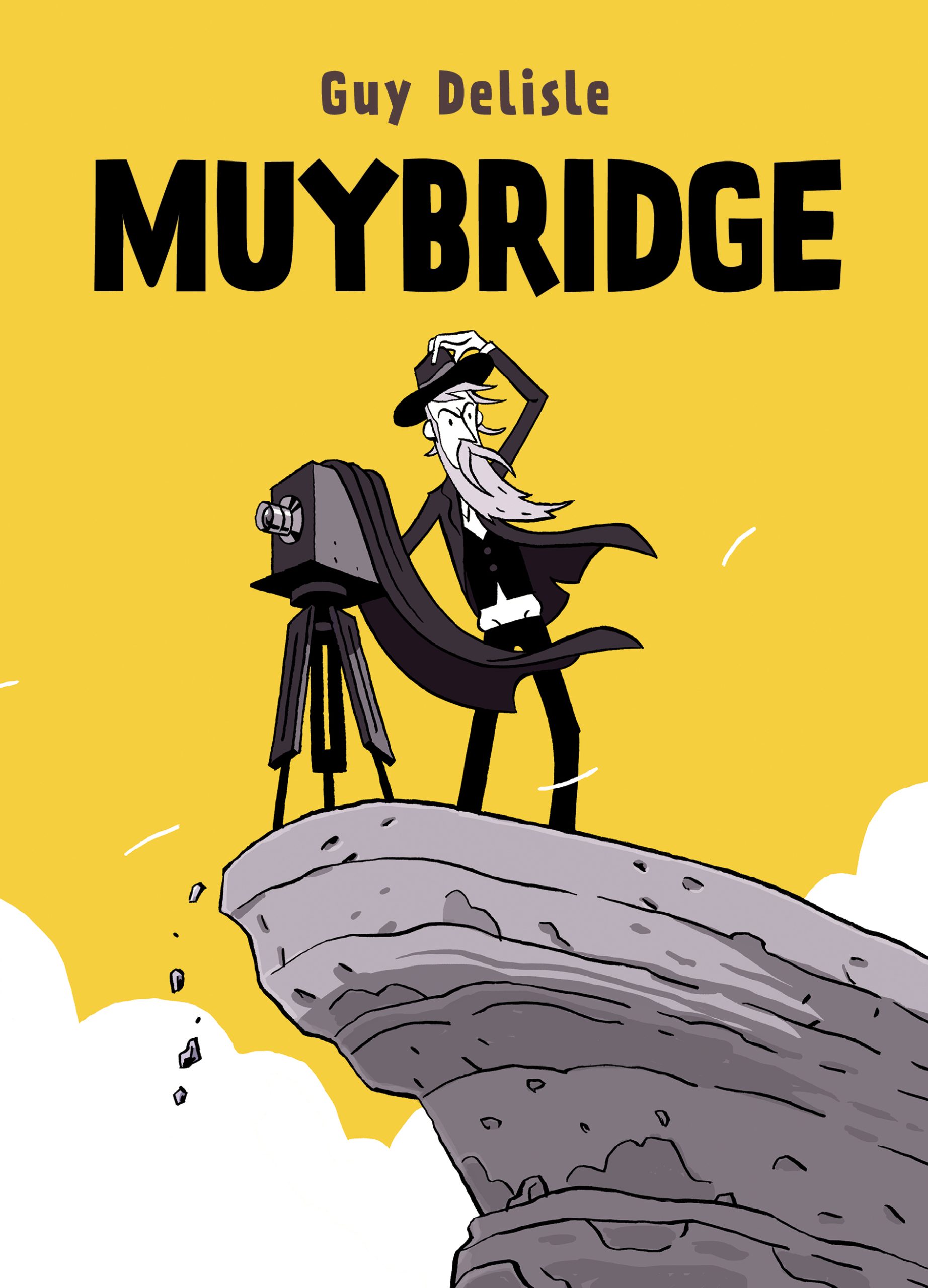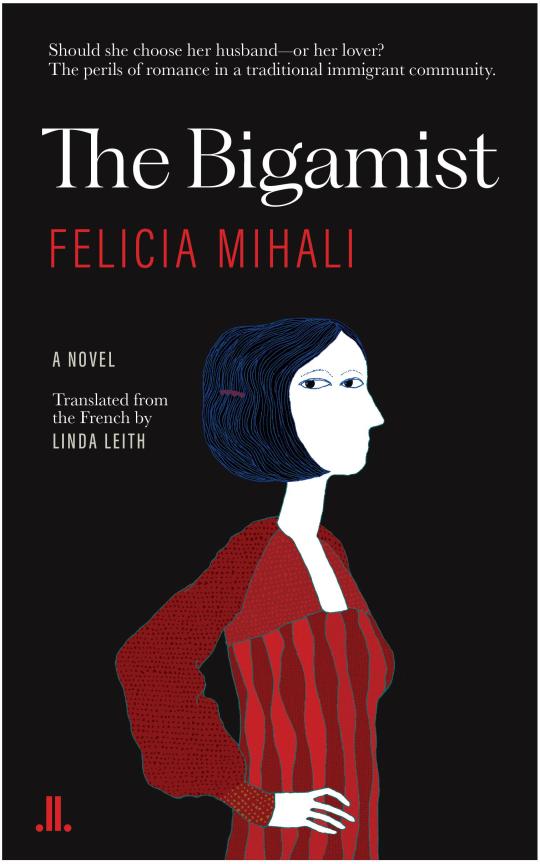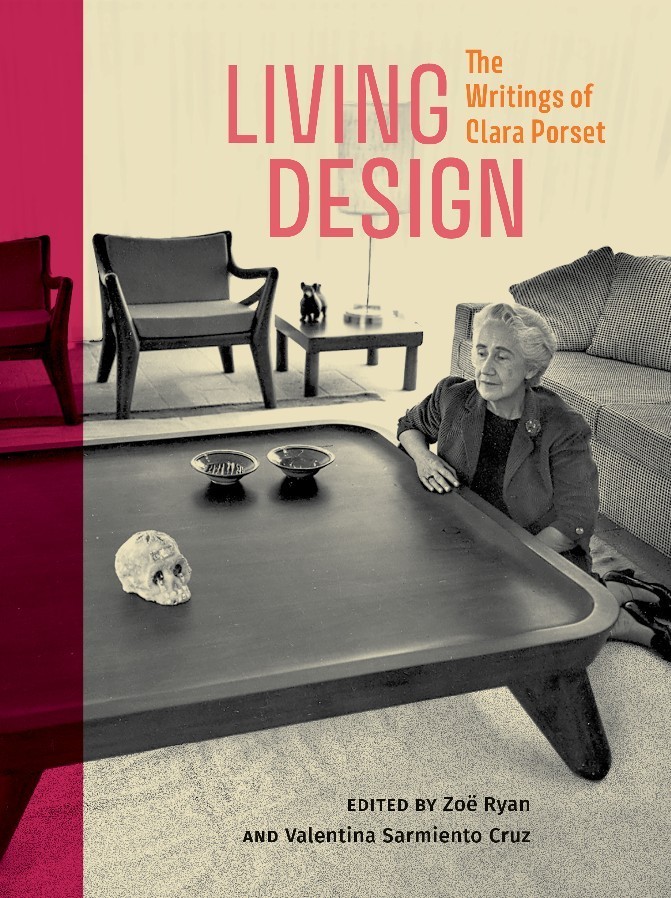Mina, a middle-aged woman with Down syndrome, lives a fulfilling life in Montreal. She has her own apartment in Pointe-Saint-Charles, a job, and many people who care about her. Foremost is her older brother and legal guardian, Bruno, who can be overprotective but respects her adult independence and freedom to choose her own friends and hobbies. There is also Iris, a designer she meets in the park, who develops an interest in the embroidery Mina makes in her free time.
Colours in Her Hands Freehand Books
Alice Zorn
$24.95
paper
350pp
9781990601774
Other characters recognize Mina’s embroidery as art. Her extraordinary relationships with her materials result in an “intuitive mastery of colour and wildly freeform designs.” The novel likens Mina’s embroidery to the vibrant work of the real-life textile artist Judith Scott, who also had Down syndrome. Like Mina, Judith Scott “mingled and juxtaposed colours that most people would say didn’t belong together,” to “marvelous effect.”
Iris wants to introduce Mina’s art to galleries, imagining it could be marketed as “outsider art.” Mina, however, does not see her embroidery as a commodity, or something to be shared with the rest of the world. It is her “darling pet,” produced for her own enjoyment. The issue of choice is central – will Mina be able to decide the future of her art, or will Bruno and Iris, even if they have the right intentions, make up their own minds about what is best for her? This is one of the ways the book addresses the question of autonomy, especially where it concerns those with intellectual disabilities like Mina, and it does so with consideration and nuance.
Colours in Her Hands is strongest when it focuses on the connections between Mina and the central characters around her. Bruno and Mina’s relationship is complex and feels authentic. Mina can be obstinate and demanding, and complains to Bruno about every small discomfort. Her habitual reliance on her brother puts a strain on other aspects of his life. He does not, for example, think he can have children, because Mina is already ample responsibility. This gives rise to difficulties in his romantic relationships. All the same, he feels a powerful, brotherly love for her. As her only surviving family member, he takes pride in looking after Mina, acknowledging that if he does not, “who else would defend her?”
The novel’s biggest weakness is that it spends too much time with characters who ultimately have little bearing on Mina. Significant chunks take place at Bruno’s place of work, a dance studio, and although the dynamic between his co-workers is entertaining, these are unnecessarily frequent diversions from the main story.
The narration of Colours in Her Hands is easy to follow, even as we switch continually from one character’s voice to the next. Zorn’s decision to write from multiple perspectives grants the reader insights that would otherwise have been impossible. The book offers both an internal and external perspective on Mina’s Down syndrome, and the challenges it creates for her and her friends and family. That said, the tone is mostly light and optimistic because Mina is herself a buoyant protagonist who recovers quickly from her troubles. She is a unique and memorable character – complicated and far from idealized. While other characters argue amongst themselves about her best interests, she navigates towards what she desires, and throughout the story she remains staunchly, as Zorn describes her, “a woman who knew her own mind and what she wanted.” mRb






0 Comments